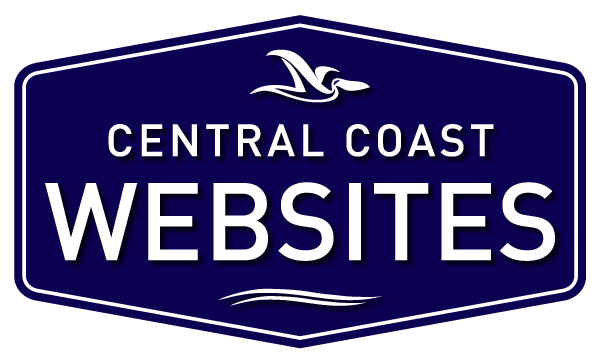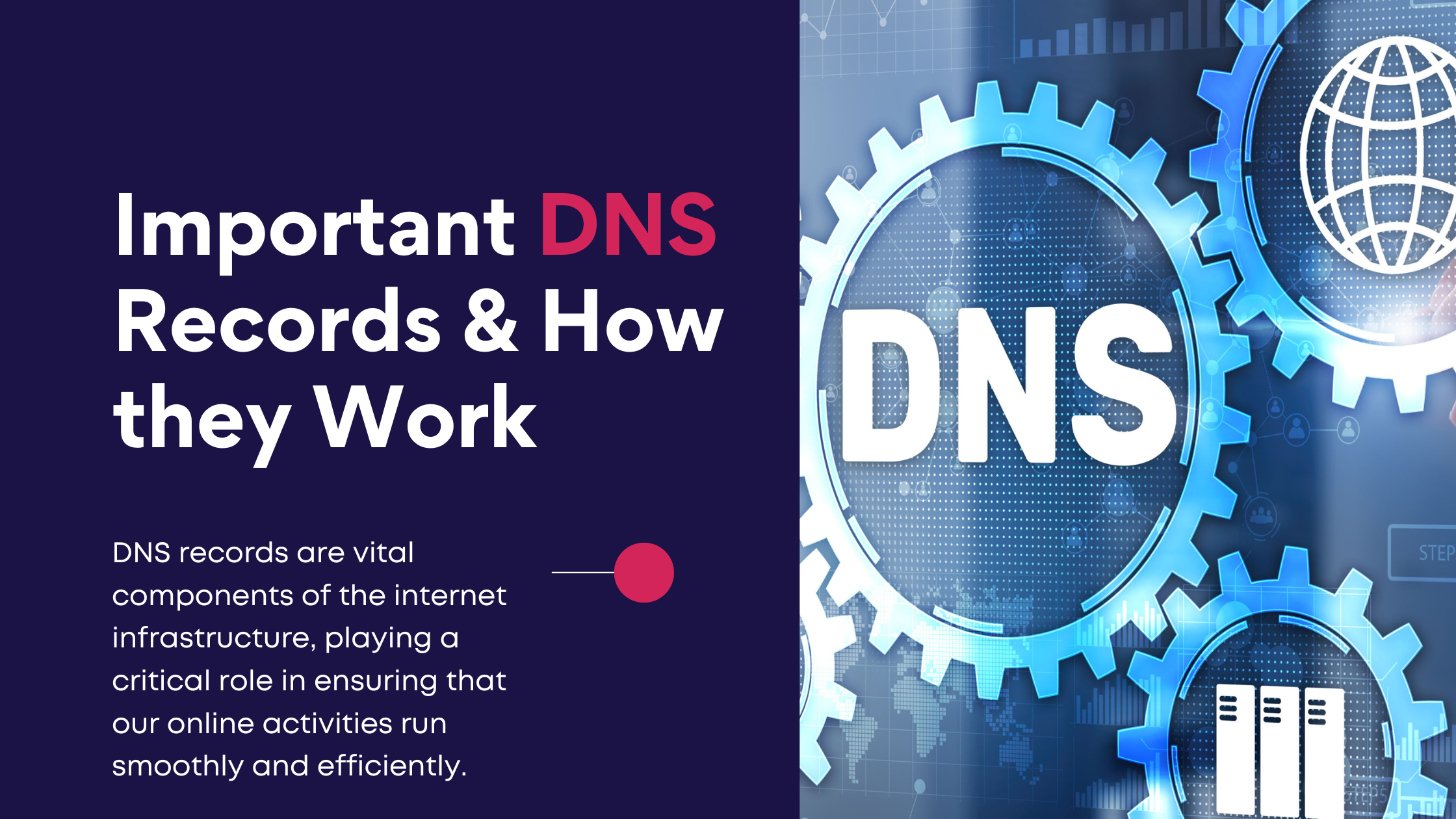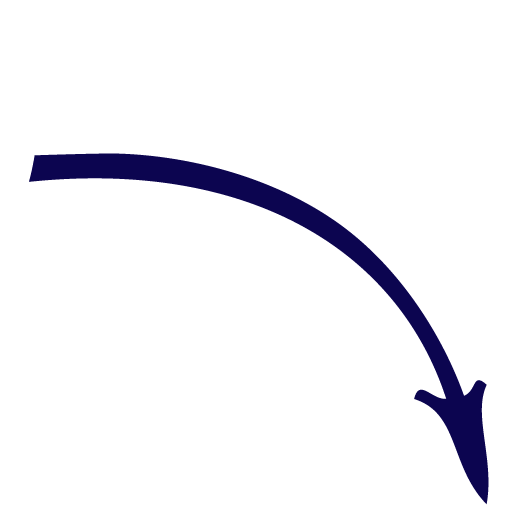Expanding Topical Authority with Content Pillars.
Content pillars are a highly effective strategy for establishing topical authority, a crucial Google ranking factor that plays a significant role in determining the position of your web page in search engine rankings. These foundational elements are more than just thematic cornerstones; they are central to orchestrating a strong online presence. By focusing on key topics, content pillars allow businesses to showcase their expertise and knowledge in a structured, coherent manner.
Content pillars are not only used to guide the creation of rich, informative content but also enhance the user experience on a website. A well-developed content pillar strategy ensures that all content produced is aligned with the core themes, reinforcing the brand’s authority in its field. This alignment is essential not just for engaging users but also for signalling to search engines the depth and relevance of the website’s content.
This guide is structured to provide a comprehensive understanding of content pillars, their role in boosting your website’s visibility, and how they can be effectively implemented to enhance your digital marketing efforts. It will cover key aspects such as the selection of appropriate content pillars, their integration into SEO and social media marketing, and the development of pillar pages. The goal is to equip you with the insights and strategies necessary to leverage content pillars for improved search engine rankings and a stronger online presence.
What is a Content Pillar?
Content pillars are comprehensive themes or topics that underpin your content strategy. They encapsulate the primary areas of knowledge or services your business offers and provide a stable base for generating a wide array of content. Each pillar represents a major subject area relevant to your target audience, around which you can develop numerous pieces of content, spanning from detailed blog posts to informative videos.
Content pillars play a crucial role in structuring your content marketing strategy. By establishing these key themes, you create a systematic approach to content creation, ensuring consistency and relevance across your communication channels. This structured approach not only helps in maintaining a uniform brand voice but also enhances the effectiveness of your content in engaging the audience and addressing their needs.
The Benefits of a Content Pillar
Content pillars are indispensable for crafting a cohesive and impactful content marketing strategy. They not only guide the development of engaging and relevant content but also contribute significantly to establishing your brand’s authority and expertise in your niche.
Having a well planned content pillar will help your content marketing in a variety of ways including:
- Direction for Content Creation: Content pillars provide a focused direction for your content development. They help in aligning your content with the brand’s core values and the interests of your audience, ensuring that every piece of content serves a strategic purpose.
- Enhancing SEO: Focusing on specific content pillars aids in strengthening your website’s SEO. Regularly publishing in-depth content on these key themes signals to search engines that your website is a credible source of information, potentially leading to improved search rankings and increased organic traffic.
- Performance Tracking and Strategy Refinement: With clear content pillars, it becomes easier to monitor the performance of your content. Analysing engagement and impact per pillar allows you to identify which topics resonate most with your audience, enabling you to fine-tune your content strategy for better results.
Content Pillars and SEO for Topical Authority.
Content pillars are instrumental in establishing topical authority, which significantly enhances SEO. Topical authority is the perception by search engines that your website is an expert source of information on a particular subject. By consistently producing detailed and quality content around your content pillars, you signal to search engines like Google that your website is not only knowledgeable but also a reliable source in your field. This concentrated expertise contributes to higher rankings in search engine results pages (SERPs), as search engines prioritise websites they deem authoritative and relevant to users’ queries.
Content pillars play a vital role in SEO. They contribute significantly to enhancing your website’s online visibility through:
- Structured Content and Internal Linking for Search Engine Indexing: The structure of your content plays a vital role in how search engines index and understand your website. Organising your content around clearly defined pillars helps create a logical hierarchy, making it easier for search engines to crawl and index your site. Each pillar acts as a central hub, linking to various related articles and pages. This internal linking is crucial as it creates a network of related content, allowing search engines to see the breadth and depth of your knowledge on a topic. It also aids in the distribution of page authority and link equity across your site, which can boost the SEO performance of individual pages.
- Enhancing User Experience and Engagement: Structured content not only benefits SEO but also enhances the user experience. When visitors find a well-organised website with interconnected content, they are more likely to spend more time exploring different topics, which can lead to increased engagement and lower bounce rates. These user behaviour metrics are critical as they contribute to the overall SEO performance of your site.
- Boosting SERP Rankings: As detailed on The Importance of SEO Content, a well-implemented content pillar strategy can significantly boost your website’s visibility in SERPs. The combination of topical authority, structured content, and strategic internal linking enhances your website’s relevance and authority in the eyes of search engines, leading to better rankings for targeted keywords.
Pillars are not just about content organisation but are a strategic approach to building and showcasing your expertise in a way that significantly impacts your SEO. This approach leads to improved SERP rankings, more organic traffic, and a stronger online presence for your brand.
Applying Content Pillars in Social Media Marketing.
Integrating content pillars into your social media marketing strategy can significantly streamline and enhance your online presence. Each pillar can guide the themes of your posts, ensuring that your social media content aligns with your overall brand message and goals. By doing this, you maintain a consistent voice across all platforms, whether you’re creating Instagram stories, Facebook posts, LinkedIn articles, or tweets. For instance, a brand with a content pillar focused on sustainability can share related tips, news, and brand initiatives on social media, reinforcing their commitment to the environment.
Tailoring Content to Different Platforms: While maintaining consistency across content pillars, it’s crucial to tailor the presentation of your content to suit the unique characteristics of each social media platform. This means adapting the tone, format, and style of your content to meet the expectations and preferences of the audience on each platform.
Engagement and Interaction: Utilising content pillars on social media also involves actively engaging with your audience. This can include creating interactive content like polls, Q&A sessions, and contests that revolve around your key themes. Engaging your audience in conversations about your content pillars can deepen their connection with your brand and encourage more meaningful interactions.
Benefits of Cohesive Brand Messaging Across Different Platforms: A cohesive brand messaging strategy, underpinned by your content pillars, is essential for building trust and recognition among your audience. When your messaging is consistent across various platforms, it reinforces your brand identity and values, making your brand more memorable and recognisable to your audience. This unified approach also ensures that all your marketing efforts work synergistically, amplifying your reach and impact.
Enhanced Brand Perception: Consistent use of content pillars across social media platforms can significantly enhance how your audience perceives your brand. It portrays a well-defined brand personality and expertise, which can attract and retain a loyal following.
Boosting Engagement and Reach: As discussed in The Power of Social Media Marketing, cohesive brand messaging across different platforms can lead to increased engagement and wider reach. When followers encounter consistent and relevant content, they are more likely to engage with and share it, extending your brand’s reach to new potential followers and customers.
Effectively applying content pillars in social media marketing not only creates a consistent and engaging brand presence but also leverages the unique strengths of each platform to enhance your overall marketing strategy.
What Is a Pillar Page?
A pillar page is a comprehensive, in-depth webpage that covers a core topic or theme (content pillar) in detail. It serves as the foundation for a cluster of related content, acting as a central hub from which other related pages or blog posts branch out. The purpose of a pillar page is to provide a thorough overview of a specific topic, covering various aspects that are important to your audience. It is designed to be broader in scope than the more detailed, specific content pieces it links to, which are often referred to as cluster content.
Typically, a pillar page will cover the key aspects of a topic in a broad yet detailed manner and include links to other pages on your website that look into subtopics or related subjects in more depth. This structure not only helps users navigate your website more effectively but also encourages them to spend more time exploring related content.
Relationship Between Pillar Pages and Topical Authority
Pillar pages are crucial in establishing and demonstrating topical authority, which is essential for effective SEO. By comprehensively covering a topic on a pillar page and linking to related, detailed content, you signal to search engines that your website possesses substantial knowledge and expertise in that particular area.
- Enhancing SEO with Pillar Pages: This extensive coverage and internal linking structure help search engines understand the hierarchy and relationship between content on your site. It makes it easier for search engine algorithms to index your pages and recognize your website as an authoritative source on the topic, which can positively impact your search rankings.
- Building Trust with Your Audience: From a user perspective, pillar pages are valuable resources that offer insightful, in-depth information on a topic. This can enhance user experience, increase engagement, and build trust with your audience, as they recognize your site as a go-to source for comprehensive information in your niche.
The pillar page is a key element in a content strategy that revolves around content pillars. It not only organises and connects various pieces of content but also plays a vital role in establishing your website as an authoritative source in your field, thereby enhancing both your SEO and your relationship with your audience.
Examples of Content Pillars
To better understand content pillars in practice, let’s think about a digital marketing company.
The marketing team decides to launch a blog aimed at educating clients on various aspects of digital marketing.
They select three content pillars that align with the interests of their audience:
- SEO Strategies: This pillar encompasses in-depth insights on areas like keyword research, on-page optimisation, and link building. It would guide users to detailed articles on specific SEO practices or case studies. SEO content is vital for ranking.
- Social Media Marketing: Covering everything from platform-specific strategies to content creation and audience engagement, this pillar can link to in-depth discussions about tactics for various social media platforms and the latest trends in social media advertising.
- Content Marketing: This pillar would delve into content creation, distribution channels, and optimisation techniques, leading to topics such as effective blog writing, creating engaging video content, and strategies for email marketing.
Each of these pillars covers a fundamental aspect of digital marketing, providing a wealth of knowledge and establishing the brand as an authoritative source in the digital marketing domain.
Creating Content Pillars and Pillar Pages.
Creating content pillars and pillar pages is a strategic process that enhances both user experience and search engine optimisation. Here’s a step-by-step guide to organising and creating effective content pillars:
- Identify Core Topics: Start by identifying the core topics that are central to your digital marketing company’s expertise. These topics should be broad enough to encompass various subtopics but specific enough to be relevant to your audience.
- Research and Segment Subtopics: For each core topic, research and segment related subtopics. These subtopics will form the basis of your cluster content, which should provide detailed information related to each pillar.
- Create Pillar Page Content: Develop comprehensive content for each pillar page. This content should offer a broad overview of the topic and link to the more detailed cluster pages. Ensure it’s informative, engaging, and provides value to your audience.
- Design for User Experience: Organise the content on your pillar pages in a user-friendly manner. Use clear headings, subheadings, and navigational elements to make it easy for readers to find the information they need.
- Optimise for SEO: Utilise relevant keywords naturally throughout your pillar pages. Ensure that your on-page SEO elements, like meta descriptions and title tags, are optimised to reflect the core topics of your pillars.
- Link to Cluster Content: Establish links between your pillar pages and the related cluster content. This not only helps users navigate through related topics easily but also enables search engines to crawl and index your site more effectively.
- Regularly Update Pillar Pages: Keep your pillar pages updated with the latest information and trends. This ensures that your content remains relevant and authoritative over time.
The importance of a logical site structure for search engines and user experience cannot be overstated. A well-organised website with clear content pillars and interlinked cluster pages improves navigation for users and helps search engines understand and rank your content, thereby boosting your site’s visibility and authority.
Choosing the Right Content Pillars.
Selecting the right content pillars is crucial for aligning your digital marketing strategy with both business objectives and audience interests. Here are some tips and methods to guide this selection process:
- Align with Business Goals: Begin by reviewing your business goals. Your content pillars should directly support these objectives. For instance, if a key goal is to establish authority in social media marketing, one of your pillars could focus on comprehensive social media strategies.
- Analyse Audience Interests: Understanding what your audience is interested in is essential. Utilise tools like social media analytics, surveys, and feedback forms to gauge the topics that resonate most with your audience.
- Conduct Keyword Research: Keyword research can reveal what potential customers are searching for in your industry. Use this data to identify topic areas that are not only popular but also have a high search volume, indicating a strong interest in these subjects.
- Examine Competitor Strategies: Look at what content pillars competitors are using effectively. This can provide insights into what works in your industry and help identify any gaps in your own content strategy.
- Consider Content Versatility: Choose pillars that offer the scope to branch out into various subtopics, ensuring a rich and diverse content spread that can engage different segments of your audience.
- Conduct Market Research: Beyond digital tools, traditional market research methods such as focus groups or industry reports can provide a deeper understanding of market trends and audience preferences.
- Evaluate Current Trends: Stay updated with current trends in digital marketing to ensure that your content pillars are relevant and timely. This not only attracts a contemporary audience but also positions your brand as a forward-thinking industry leader.
By carefully selecting content pillars that align with both your business goals and audience interests, you can create a robust content strategy that drives engagement, builds authority, and supports business growth.
Keyword Research for Establishing Content Pillars.
Keyword research is a pivotal element in the development of content pillars for any digital marketing strategy. It involves identifying the terms and phrases that your target audience uses in their online searches, which in turn shapes the focus and direction of your content pillars.
Role of Keyword Research: Keyword research helps in understanding the language and queries of your potential customers. By identifying popular and relevant keywords within your niche, you can tailor your content pillars to directly address the needs and interests of your audience. This alignment ensures that your content is both discoverable and valuable to those seeking information in your field.
Tools for Keyword Research: There are various tools available for conducting effective keyword research. Google Keyword Planner is a popular choice, offering insights into search volumes and competition levels for different keywords. Other tools like SEMrush, Ahrefs, and Moz provide more in-depth analyses, including keyword suggestions, search trends, and competitor keyword strategies.
Strategies for Effective Keyword Research
- Understand Search Intent: Beyond just finding popular keywords, it’s important to understand the intent behind these searches. This involves categorising keywords based on whether users are looking for information, looking to make a purchase, or seeking a particular website.
- Long-Tail Keywords: Focus on long-tail keywords, which are longer and more specific phrases. These often have lower competition and are more targeted towards user intent, making them valuable for content pillars.
- Analyse Competitors: Look at the keywords your competitors are ranking for. This can provide insights into effective keywords in your niche and highlight potential areas for your own content development.
- Keyword Gaps and Opportunities: Identify gaps in the current market where user queries are not adequately addressed. Filling these gaps can position your content pillars as unique and valuable resources.
Effective keyword research is not just about finding the right words to include in your content; it’s about gaining a deep understanding of your audience’s needs and crafting your content pillars to meet those needs in a meaningful way.
Building and Expanding Content Pillars.
Building and expanding content pillars is a dynamic process that involves continuously developing and refining a comprehensive content strategy. This process not only ensures that your pillars remain relevant and authoritative but also that they adapt and grow with your audience’s evolving needs.
- Developing a Comprehensive Content Strategy: Once your content pillars are chosen, the next step is to develop a detailed strategy around them. This involves planning a content calendar that systematically covers various aspects of each pillar. It’s important to create a mix of content types – from blog posts and articles to videos and infographics – to address the pillars from different angles. Regularly publishing and promoting this content helps in establishing your authority in these areas.
- Identifying Content Gaps: Constantly monitor your content and audience feedback to identify any gaps in your information. Are there questions that are frequently asked by your audience that you haven’t covered? Are there emerging trends in your industry that need to be addressed? Filling these gaps ensures that your content remains up-to-date and comprehensive.
- Creating Diverse Content Formats: Diversifying the formats of your content under each pillar can significantly enhance audience engagement. For instance, a pillar on SEO could include detailed guides, quick tips in the form of blog posts, video tutorials, podcasts featuring industry experts, and infographics summarising key SEO trends. This variety caters to different learning preferences and helps in reaching a wider audience.
- Expansion and Adaptation: As your brand grows and the market evolves, your content pillars should adapt and expand too. This might mean adding new pillars, updating existing ones, or even merging some based on current trends and audience interests. Continuously evolving your content strategy ensures that your brand remains relevant and authoritative.
Building and expanding content pillars is an ongoing process that requires strategic planning, responsiveness to audience needs, and a willingness to adapt. By doing so, you can create a robust and dynamic content strategy that solidifies your brand’s authority and engages your audience effectively.
Content Pillars Measuring your Success.
To ensure the effectiveness of your content pillars, it’s essential to have a robust system for measuring their success. This involves tracking and analysing key performance metrics to understand how well your content is resonating with your audience and contributing to your business goals.
- Techniques for Tracking and Analysing Performance: The first step in measuring the success of your content pillars is to define clear metrics. These might include website traffic, page views, time spent on page, bounce rate, and conversion rates specific to the content. Tools like Google Analytics offer comprehensive insights into how users interact with your content. Additionally, tracking the rankings of your pillar pages for targeted keywords can provide valuable data on your SEO performance.
- Engagement Metrics: Pay close attention to engagement metrics such as comments, shares, and social media interactions. These metrics offer insights into how your content is being received and the level of discussion it’s generating. Tools like social media analytics and content management systems can help track these engagement metrics effectively.
- Adjusting Strategies Based on Metrics: Use the data you gather to make informed decisions about your content strategy. If certain pillars are performing exceptionally well, consider expanding those topics or using similar approaches in other areas. Conversely, if some pillars are underperforming, analyse why this might be the case. It could be due to the content’s relevance, quality, promotion strategy, or even the changing interests of your audience.
- Audience Feedback: In addition to quantitative metrics, qualitative feedback from your audience can be invaluable. Regularly monitor comments, conduct surveys, or engage directly with your audience to gather insights on their preferences and perceptions.
- Continuous Improvement: The key to a successful content pillar strategy is continuous improvement. Use the insights gained from your analysis to refine and optimise your content. This might involve updating information, improving SEO, enhancing user experience, or experimenting with different content formats.
Content Creation to Support your SEO Strategy.
Implementing content pillar strategies goes beyond mere tactics; it’s a commitment to delivering value-rich, authoritative content. This approach, focusing on depth and relevance, and continually fine-tuning based on feedback and analytics, can significantly raise your brand’s online profile.
For brands aiming to be industry leaders, adopting a content pillar strategy is essential. It’s an effective way to engage with your audience, address their questions, and foster trust and expertise. Let these strategies guide your content creation to propel your brand towards greater digital success.
If you’re looking to enhance your online presence and performance with a strategic digital marketing approach, consider reaching out to Central Coast Websites. Our team specialises in SEO and content strategies that resonate with audiences and elevate brands in the digital space.





